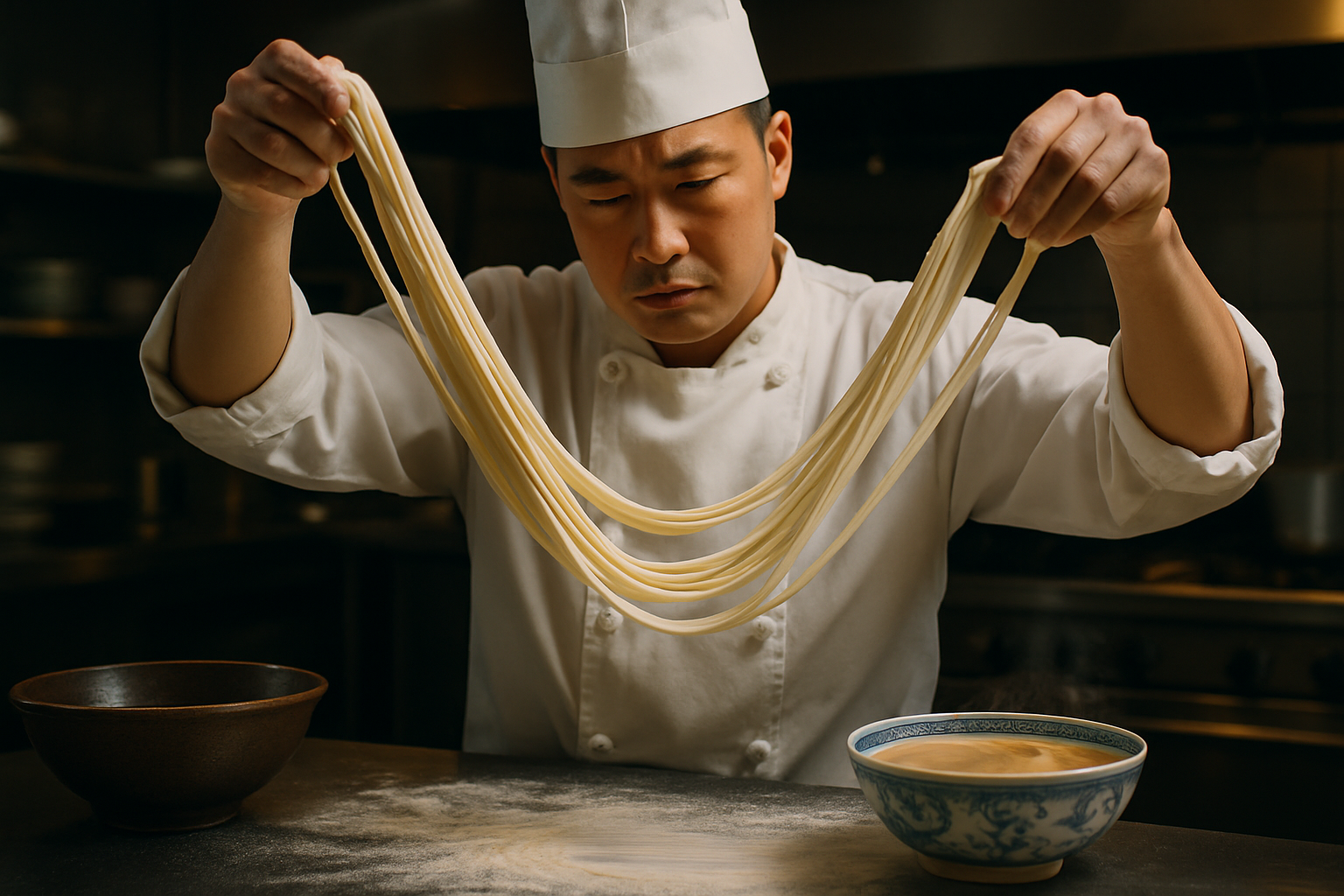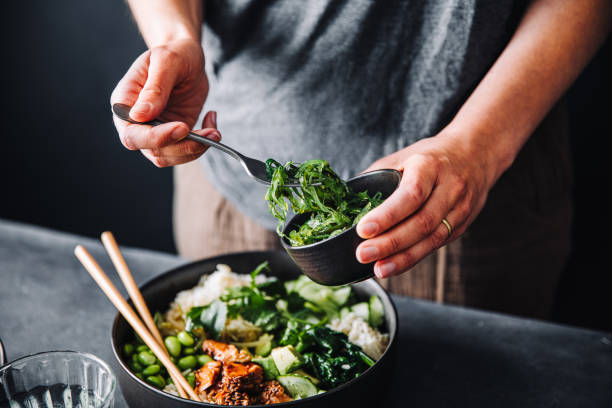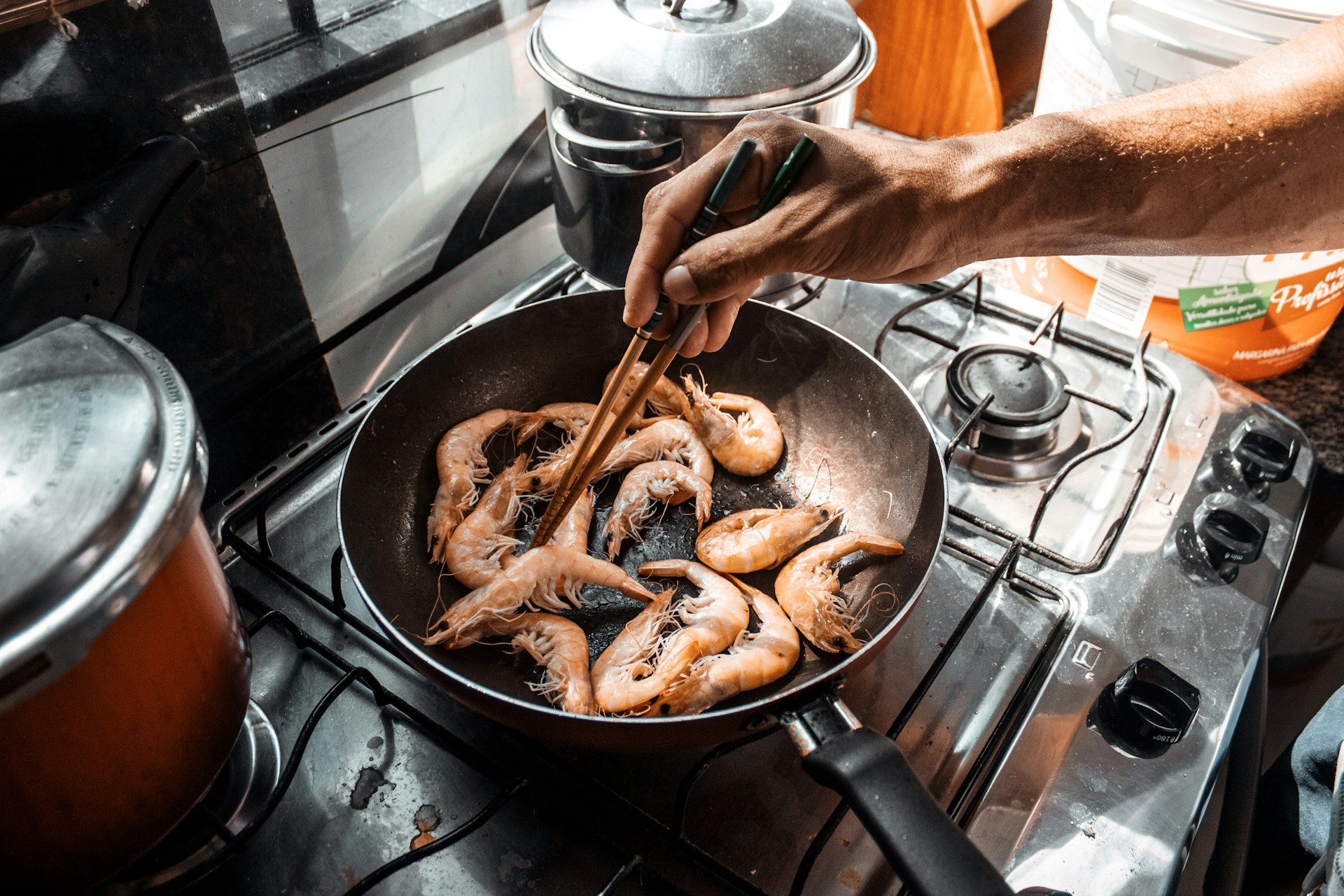Regional Spice Trade Routes and Their Culinary Impact
The ancient spice trade routes that connected continents fundamentally transformed global cuisine, introducing new flavors, preservation techniques, and cooking methods that continue to shape our culinary landscape today. These maritime and overland pathways carried more than just aromatic treasures—they transported entire food cultures, fermentation practices, and agricultural knowledge across vast distances. From the Silk Road's influence on Asian grain preparation to the Indian Ocean routes that revolutionized protein preservation, these trading networks created the foundation for modern regional cooking techniques and flavor profiles that define cuisines worldwide.

How Spices Shaped Regional Cooking Techniques
The movement of spices along ancient trade routes fundamentally altered cooking techniques across different regions. As merchants transported cinnamon, cardamom, and black pepper from South Asia to Europe, local chefs adapted their traditional methods to incorporate these new ingredients. The chemistry of spices introduced novel approaches to food preparation, with aromatic compounds enhancing both flavor and preservation qualities. Mediterranean cooks began incorporating Eastern spices into their grain-based dishes, while Northern European cuisines developed new techniques for balancing the intense flavors of imported seasonings with local ingredients.
Traditional Preservation Methods Through Spice Trading
Spice routes revolutionized food preservation across cultures, introducing methods that extended shelf life and improved nutritional value. Salt-spice combinations from coastal regions taught inland communities advanced preservation techniques for protein sources. Turmeric from India provided natural antimicrobial properties, while cloves and cinnamon from Southeast Asia offered powerful preservation chemistry. These traditional methods allowed communities to maintain food security during seasonal changes and long winters, fundamentally changing dietary patterns and meal planning across different climate zones.
Fermentation Practices Across Trading Networks
The exchange of fermentation knowledge through spice trading networks created diverse culinary traditions that persist today. Asian fermentation techniques traveled westward, introducing European communities to new ways of processing grains and vegetables. Spice merchants carried not only seasonings but also the knowledge of how different aromatic compounds interact with fermentation processes. This cultural exchange led to regional variations in fermented foods, with each area adapting techniques to local ingredients and climate conditions, creating unique flavor profiles that define national cuisines.
Seasonal Cooking and Climate Adaptation
Spice trade routes enabled communities to adapt their cooking to seasonal availability and local climate conditions. Warming spices like ginger and cinnamon became essential in colder regions, while cooling herbs and lighter seasonings found favor in tropical areas. The texture and preparation methods of seasonal dishes evolved as communities learned to pair imported spices with local grains, vegetables, and proteins. This adaptation created distinctive regional cooking styles that maximized both nutritional value and flavor while working within natural climate constraints.
Communal Dining and Spice Pairing Traditions
The social aspects of dining transformed as spice trading introduced new pairing possibilities and communal cooking practices. Shared meals became opportunities to showcase exotic spice combinations, leading to elaborate communal dining traditions. Different cultures developed unique approaches to spice pairing, with some regions favoring bold, complex combinations while others preferred subtle, balanced applications. These communal practices strengthened social bonds and created lasting culinary traditions that continue to influence modern dining customs and flavor preferences.
Balance and Texture in Global Cuisines
The integration of traded spices created new understandings of balance and texture in food preparation. Culinary traditions evolved to incorporate the textural qualities that different spices brought to dishes, from the coarse grittiness of freshly ground pepper to the smooth integration of powdered aromatics. Regional cuisines developed sophisticated approaches to achieving flavor balance, combining sweet, sour, salty, and bitter elements with the complex profiles of imported spices. This evolution in understanding texture and balance laid the groundwork for the refined cooking techniques that characterize modern global cuisine.
Conclusion
The legacy of ancient spice trade routes continues to influence contemporary culinary practices worldwide. These historical networks created the foundation for modern cooking techniques, preservation methods, and flavor combinations that define regional cuisines today. The cultural exchange facilitated by spice trading transformed not only what people ate but how they prepared, preserved, and shared food within their communities. Understanding this historical context enriches our appreciation for the complex flavors and techniques that characterize global cuisine, revealing how ancient trade relationships continue to shape our modern culinary landscape.




